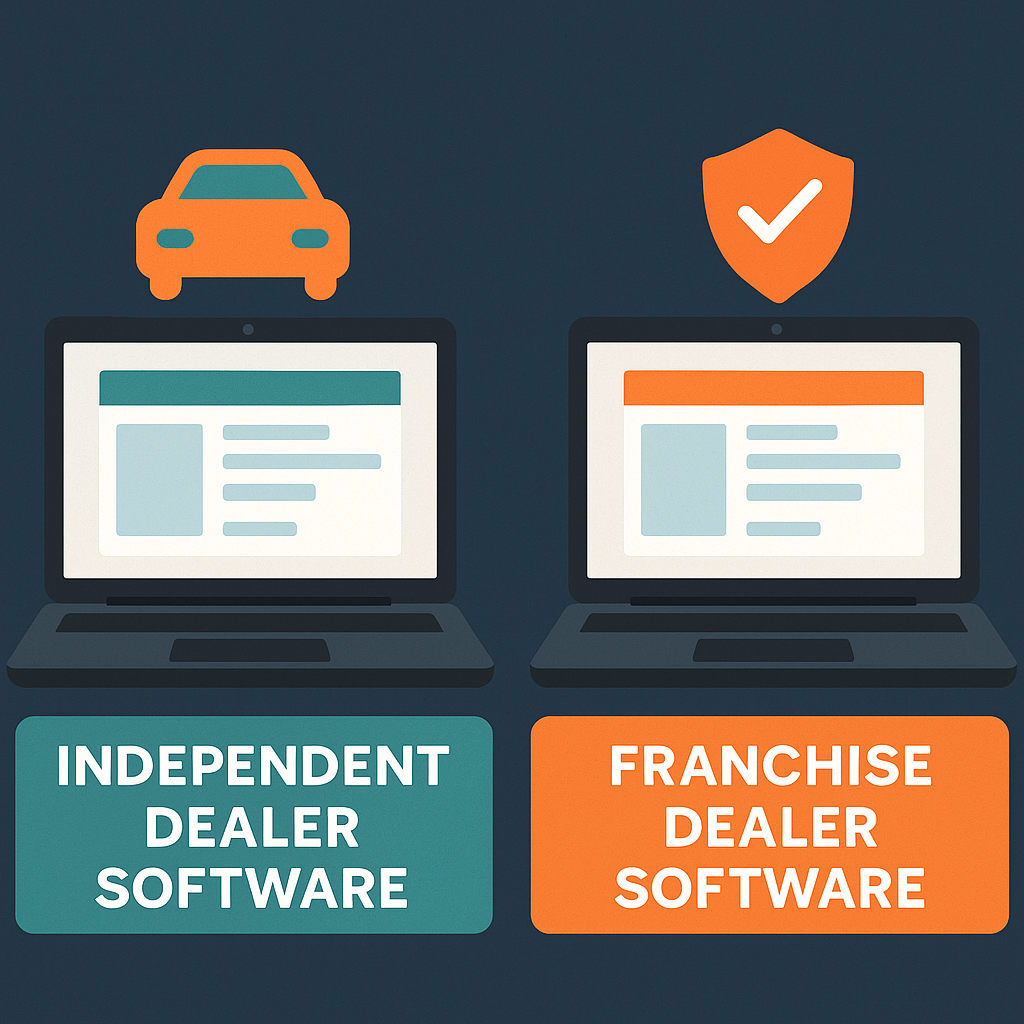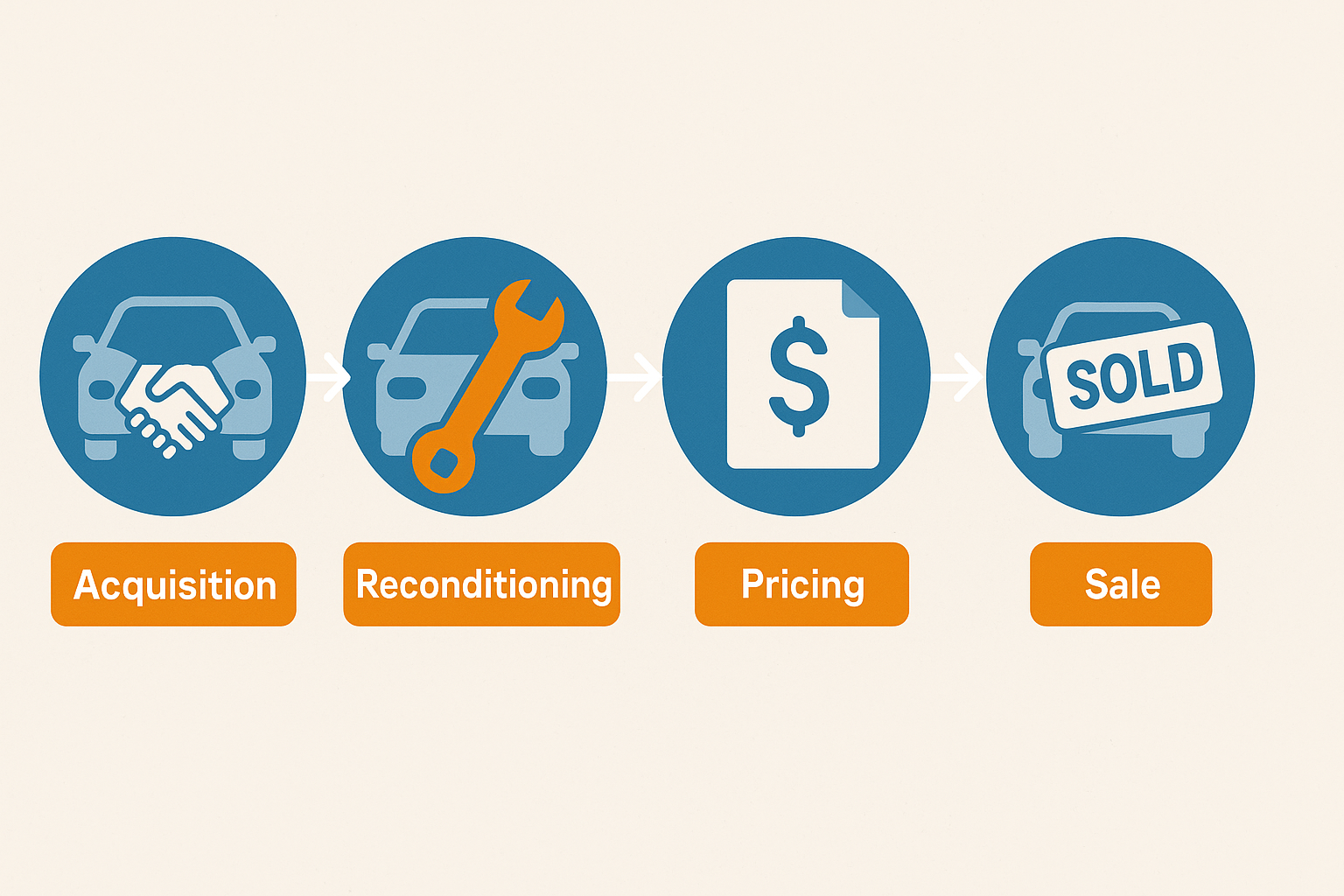When buyers browse your online inventory, they expect every detail to be crystal clear—trim levels, option packages, engine types, and factory-installed features. Yet manually entering vehicle specifications from auction sheets or trade-ins is time-consuming and error-prone. The result? Incomplete listings, frustrated shoppers, and missed sales opportunities.
Enter the VIN Decode API: a powerful integration that transforms a simple 17-character Vehicle Identification Number into a rich profile of exact build specs. In this post, we’ll explore how unlocking precise option data:
- Eliminates guesswork and data errors
- Enhances buyer trust with detailed, accurate listings
- Spurs more qualified leads and faster showroom visits
1. VIN Decode: From Code to Complete Vehicle Profile
Every modern vehicle carries a VIN that encodes its manufacturing details. A robust VIN Decode API taps into OEM databases to extract:
- Make, Model & Trim
- Engine & Transmission Type
- Factory-Installed Packages (e.g., Sport, Technology, Tow)
- Color & Interior Materials
- Optional Equipment & MSRP
Rather than a generic “2018 F-150” listing, you can display “2018 Ford F-150 XLT, 3.5L EcoBoost V6, 4×4, Chrome Appearance Package, Tow Prep Package, Leather Seats, Integrated Trailer Brake Controller.” Buyers find exactly what they want—and trust your accuracy.
2. Boost Listing Accuracy & Buyer Confidence
- Zero Manual Errors Hand-typing option codes or copying auction notes risks typos—like listing a vehicle as “V8” instead of “V6.” A VIN Decode API returns factory-verified data every time.
- Complete Feature Transparency Shoppers filtering for “heated seats” or “sunroof” rely on metadata. If your listings omit those options, you lose clicks—and customers—to competitors with richer detail.
- Fewer Buyer Questions Well-populated specs reduce incoming inquiries, freeing your sales team to focus on closing rather than clarifying basic information.
3. Power Smarter Search & Filter Experiences
Accurate build data lets your website’s search engine and filters work exactly as buyers expect:
- Attribute-Level Filtering “Show me 4-door sedans with heated leather seats under $20K.” With proper tagging, eligible cars appear instantly.
- Advanced Grouping & Sorting Promote high-demand trims (e.g., “Sport Package”) at the top of results. Bundle optional equipment into your search logic to surface premium units first.
- Personalized Recommendations Suggest similar vehicles with the same engine or technology package. A buyer viewing an XLT with the Technology Package might be shown an Lariat with comparable features.
4. Streamline Internal Workflows & Inventory Management
Beyond public listings, decoded VIN data accelerates back-office processes:
- Automatic Stock Import Import auction feeds or trade-in data, trigger a VIN Decode call, and automatically populate your DMS or website—no manual entry required.
- Standardized Data Models All vehicles conform to a common schema, making internal reporting and analytics cleaner. You can compare “Leather Seats” counts across your lot without inconsistent naming.
- Quality Control Checks Flag mismatches between expected factory features and physical inspection notes—catching reconditioning needs or uncovering title issues early.
5. Driving More Qualified Leads
By presenting buyers with complete, trustworthy information, you naturally attract higher-intent visitors:
- Higher Click-Through Rates Listings with full specs and clear option details earn more attention on third-party aggregators and on your site.
- Longer On-Page Engagement Detailed spec sheets encourage shoppers to explore photos, feature walkthroughs, and financing options—building engagement signals that boost SEO.
- Faster Conversions When buyers see exactly what they want, they move quickly from inquiry to showroom appointment.
6. Actionable Steps to Enable VIN Decode
- Choose a VIN Decode Provider Evaluate API offerings for coverage (domestic vs. imported makes), data freshness, latency, and cost per call.
- Map Required Fields Identify which spec fields matter most to your buyers (e.g., engine, drivetrain, tech packages) and ensure your CMS or DMS schema can store them.
- Integrate & Automate Embed API calls into your inventory import scripts or middleware. Implement retry logic and error handling for unmapped VINs.
- Test & Validate Cross-check a sample of decoded records against window stickers or OEM build sheets. Verify accuracy before full rollout.
- Train Your Team Show sales and marketing staff how enriched data drives listing quality, faster quoting, and better buyer conversations.
7. Next Steps: Talk to Carketa About APIs
Ready to unlock the full potential of your inventory data? Talk to someone at Carketa about integrating our VIN Decode, Live Market Comps, and Dealer Performance APIs into your dealership software. Get in touch to see how real-time data can power smarter decisions from lot to sale.






